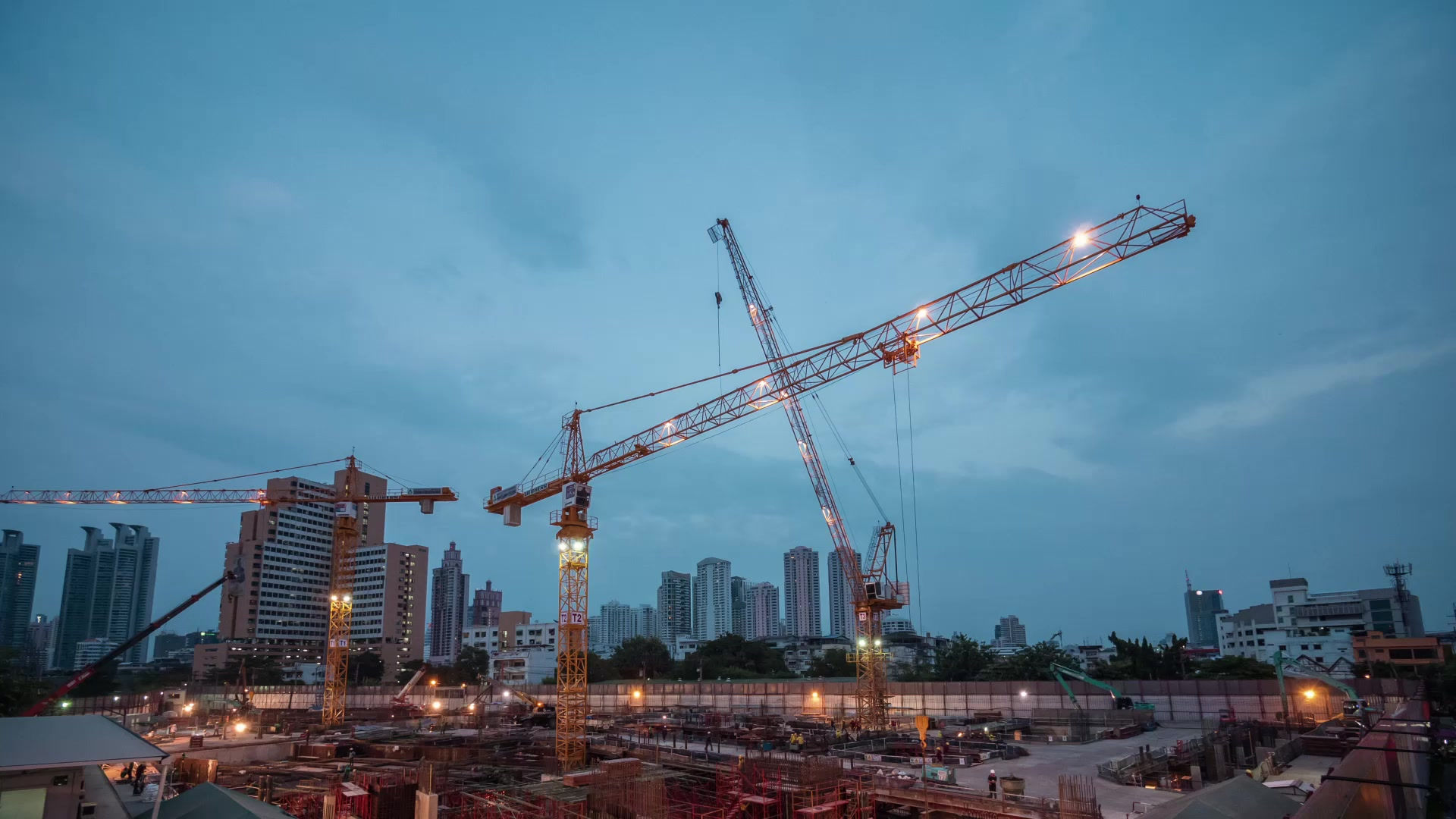Compiled By: Schalk W. Lubbe

A well-structured risk management strategy is essential for businesses, especially in high-risk industries like mining, manufacturing, and smelting. In these industries, the stakes are high, and an effective risk management plan can mean the difference between smooth operations and costly disruptions.
At Collaborative Risk Applications (CRA), we understand the complexities of managing risks in high-stakes environments. That’s why we’ve developed a comprehensive, multi-step approach to ensure that businesses can effectively assess, monitor, and mitigate risks—before they become serious threats.
1. Risk Assessment: The Foundation of Your Strategy
Risk assessment is the cornerstone of any successful risk management strategy. It begins with identifying all potential risks that could impact your operations, from mechanical and electrical failures to environmental hazards, human error, and even external threats. Each risk is then categorized based on:
Likelihood of occurrence.
Potential impact on the business.
By understanding both the probability and severity of each risk, businesses can prioritize their efforts and allocate resources more effectively, ensuring that the most critical threats are addressed first.
2. Continuous Monitoring and Evaluation: Stay Ahead of Potential Issues
Once risks have been assessed, it’s time to implement a system for continuous monitoring. Today’s technological advancements, such as IoT sensors, AI-powered analytics, and real-time reporting tools, provide businesses with the ability to track critical systems 24/7. These tools enable you to:
Detect abnormal activities before they escalate.
Receive instant alerts if a risk is identified, allowing for quick action.
This level of oversight ensures that problems are caught early, reducing downtime and preventing costly mistakes. The key is to remain proactive—monitoring systems constantly, not just waiting for something to go wrong.
3. Mitigation and Prevention Strategies: Tailored Solutions for Every Risk
For every identified risk, you need a tailored mitigation and prevention strategy. The goal is not just to manage the risk but to reduce its likelihood and minimize its impact. Some common mitigation strategies include:
Redesigning equipment to prevent malfunctions (e.g., machinery overheating).
Employee training programs to reduce human error.
Installing safety systems like early warning fire detection or equipment failure monitoring.
Each solution should be specifically designed to address the nature of the risk and its unique challenges, creating a proactive defense against potential failures.
Partner with CRA to Strengthen Your Risk Management Strategy
At CRA, we specialize in helping businesses develop and implement comprehensive risk management strategies tailored to their unique needs. Whether you’re looking to assess your current risks, improve monitoring systems, or implement targeted mitigation measures, our team has the expertise and tools to guide you every step of the way.
Contact us today to learn more about how we can help you build a risk management strategy that keeps your business resilient and prepared for whatever comes next.


Comments